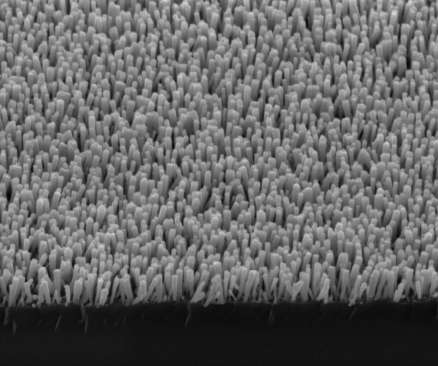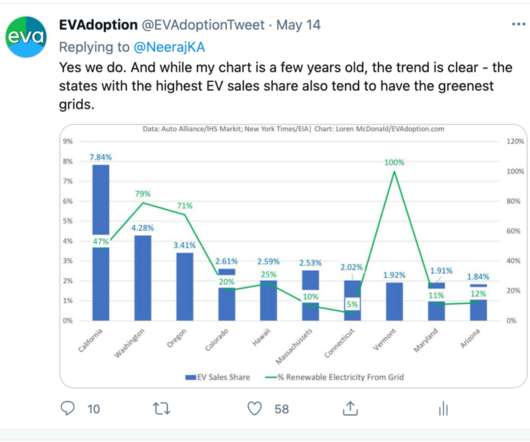New highly efficient catalyst for photoelectrochemical CO2 reduction toward methane
Green Car Congress
JANUARY 15, 2020
The work, presented in a paper in Proceedings of the National Academy of Sciences (PNAS), offers a unique, highly efficient, and inexpensive route for solar fuels synthesis. The solar-powered catalyst is made from abundant materials and works in a configuration that could be mass-produced. 1 under air mass 1.5 —Zhou et al.








































Let's personalize your content